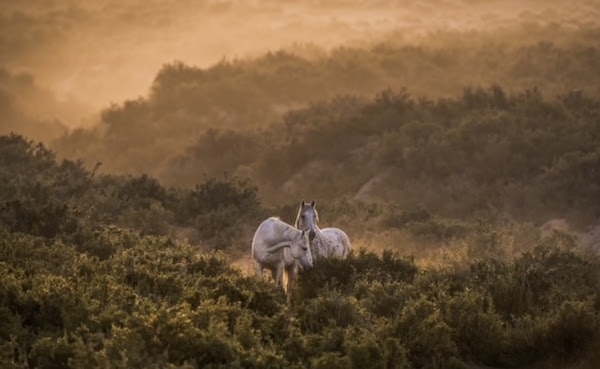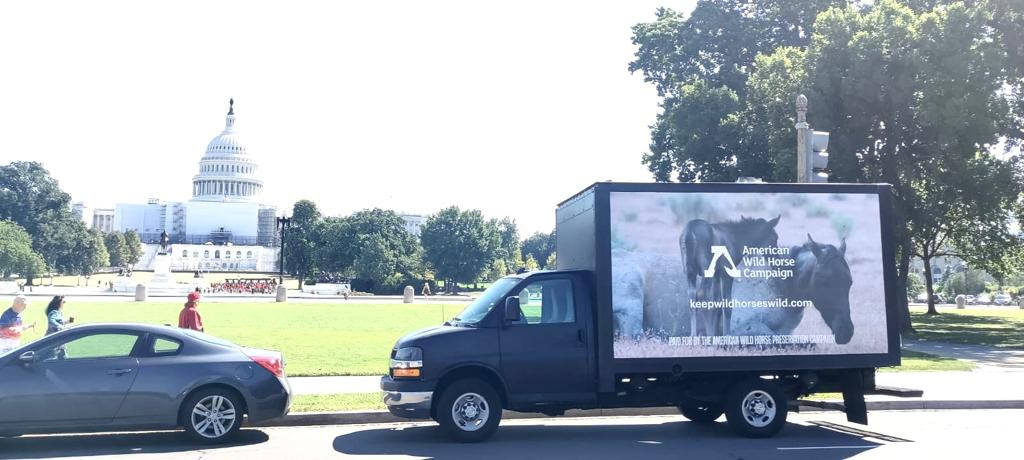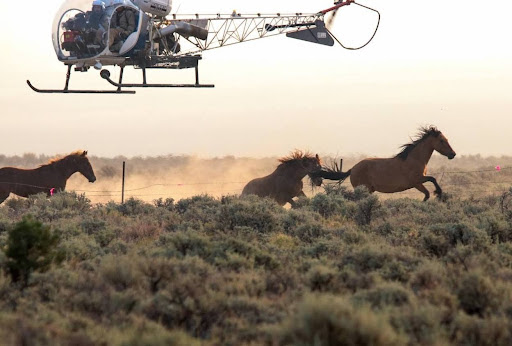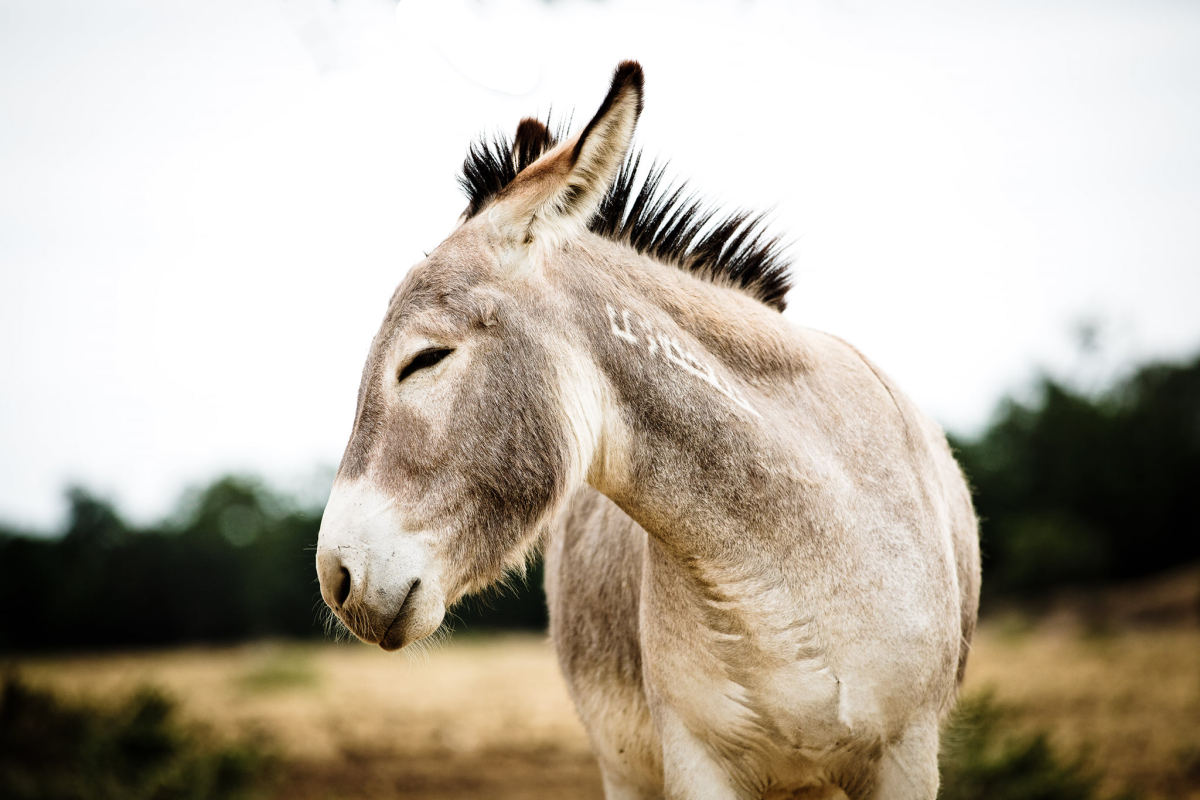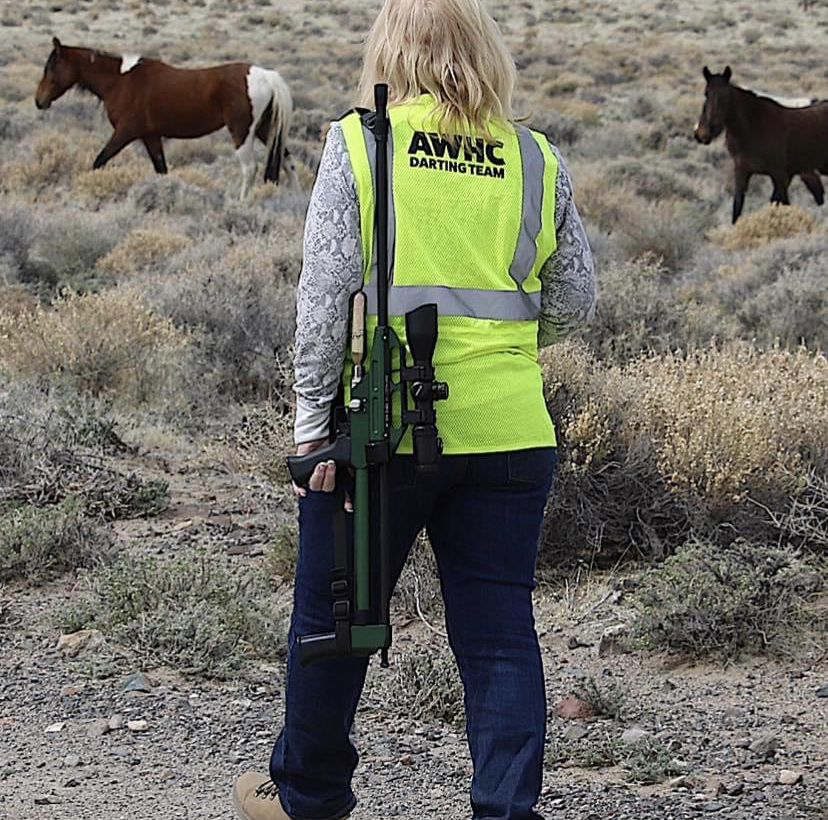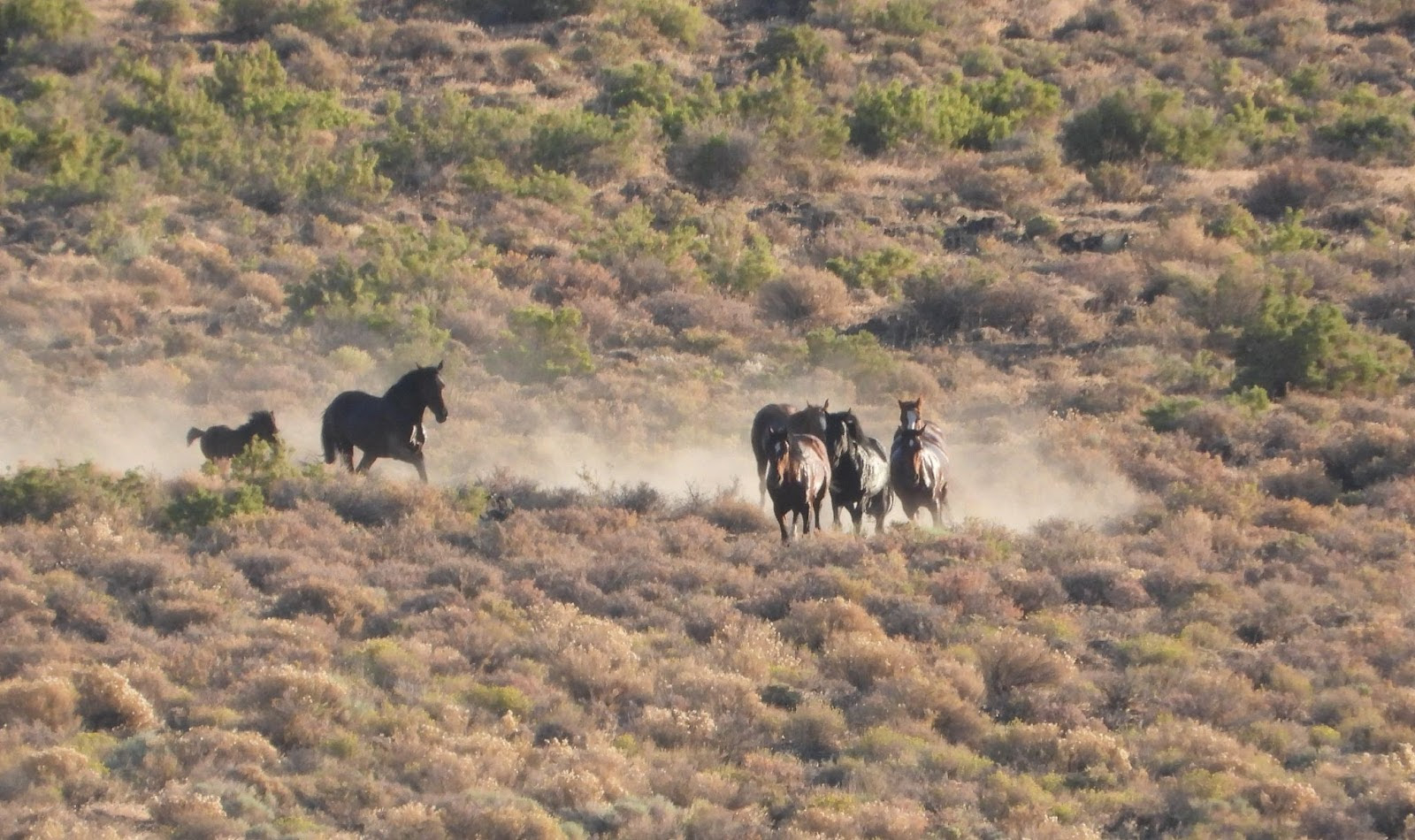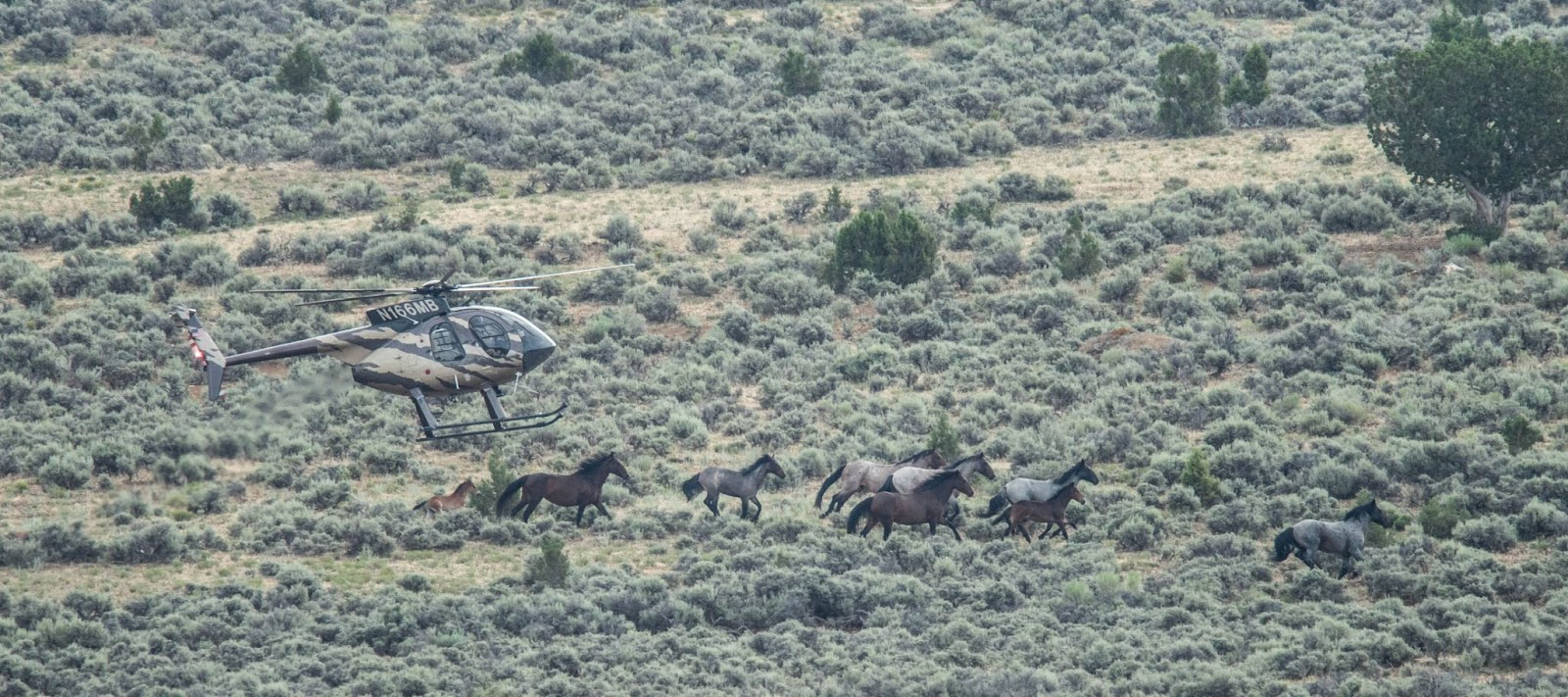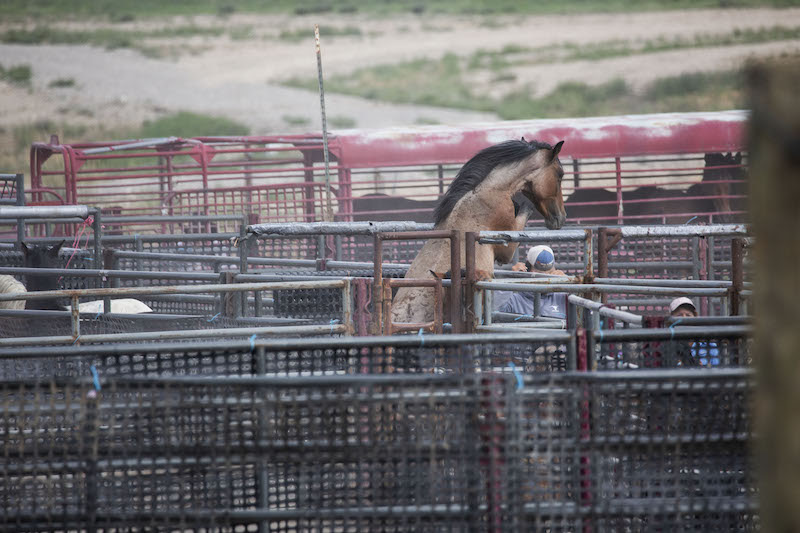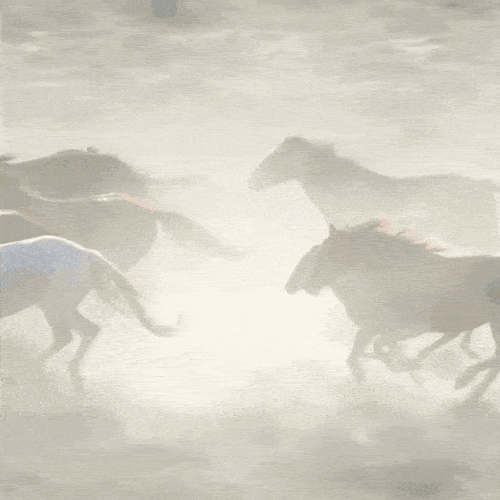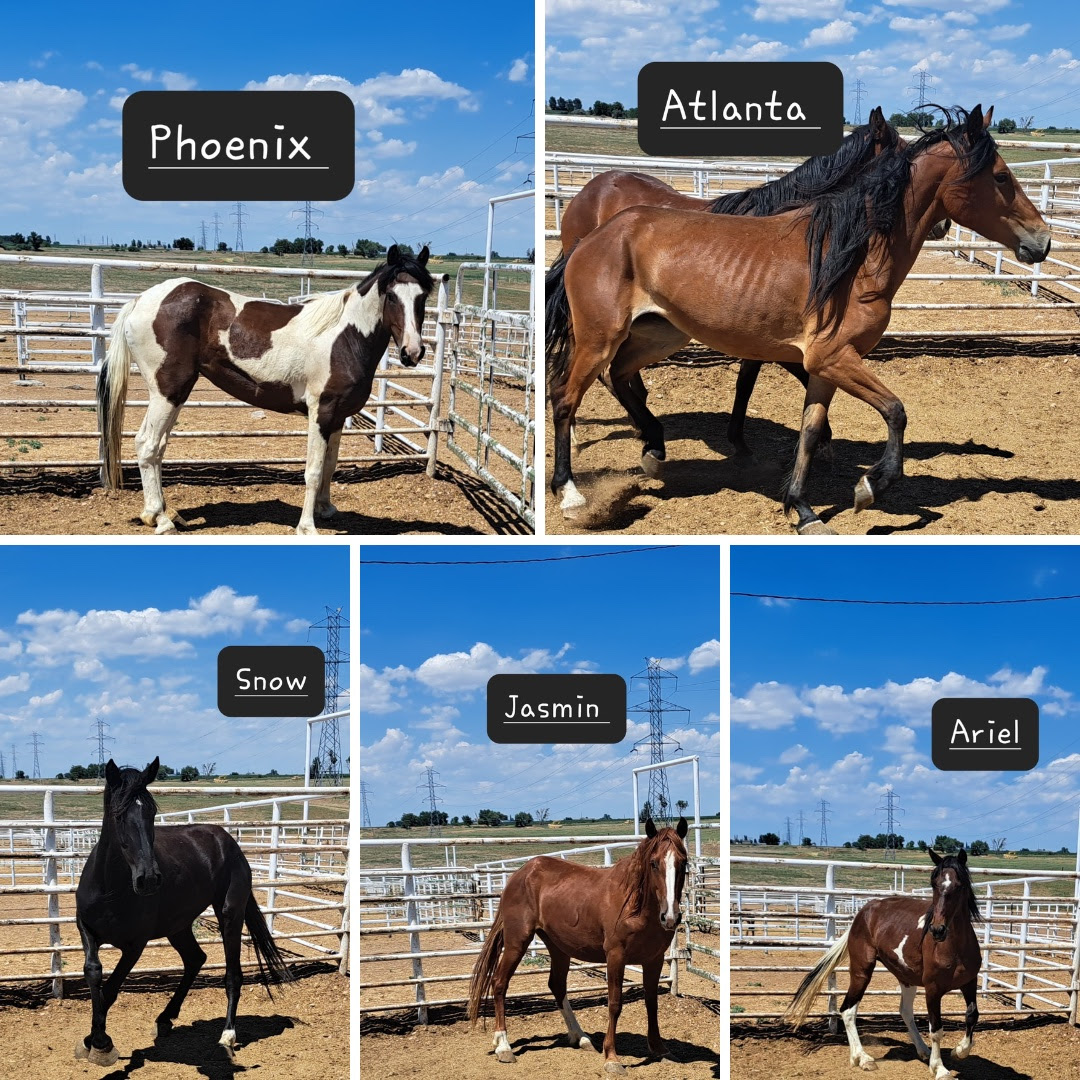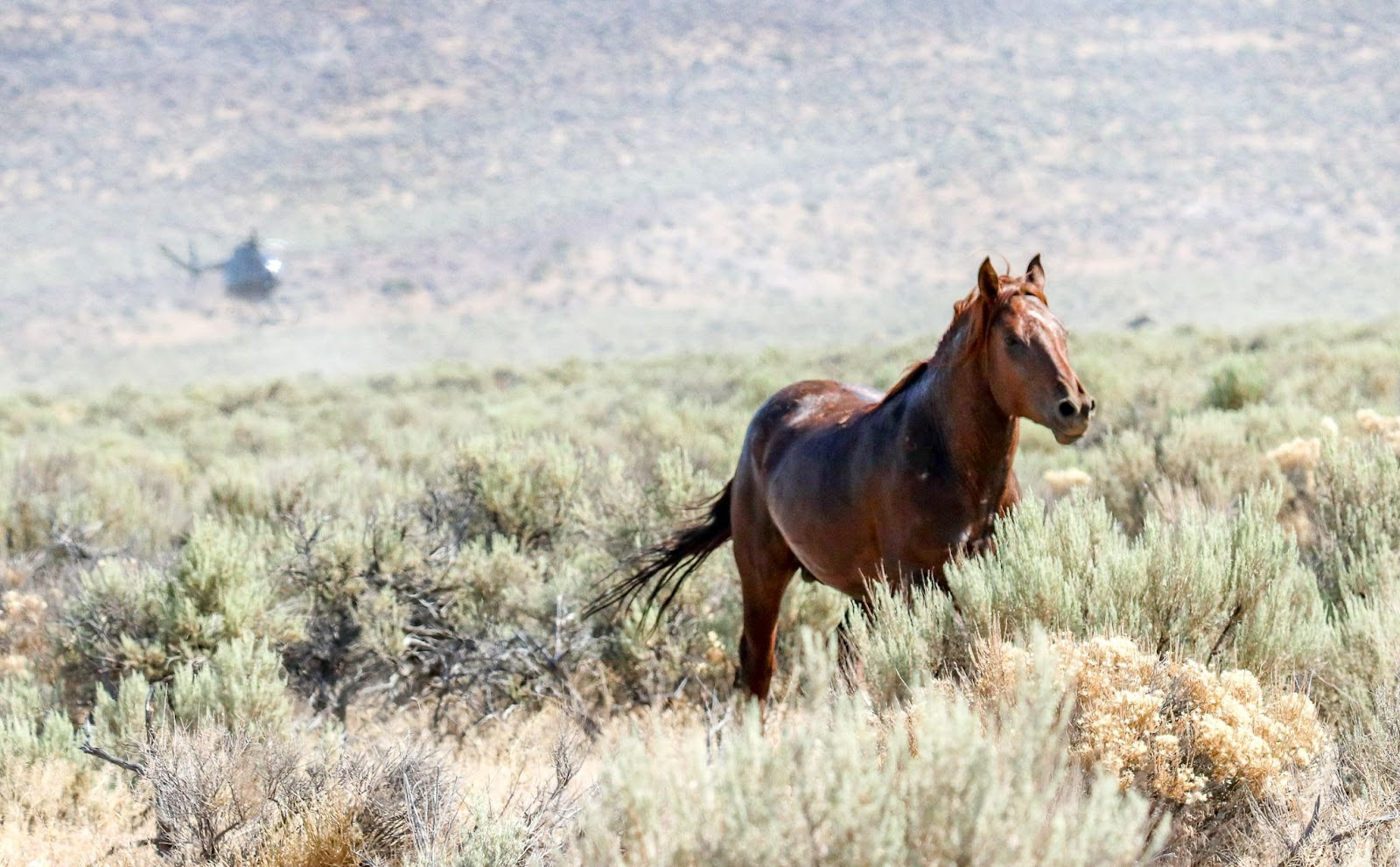Closing out Animal Remembrance Month by remembering Oriana
The following is from the American Wild Horse Campaign:
Our fertility control program on Nevada’s Virginia Range is proving that there is a humane way to manage wild horses without removing a single animal from their home on western lands. It costs just $30 to dart a mare with the PZP fertility control vaccine — today, on the 30th, will you donate $30 or more to fuel our lifesaving and historic PZP program?
| POWER OUR PZP PROGRAM |
On this last day of World Animal Remembrance Month, we could think of no better way to close things out than by sharing the story of a Nevada mare all of us at the American Wild Horse Campaign fondly remember, Oriana — or who we liked to call: the Queen of the Virginia Range.
Oriana was a mare that embodied everything we continue to fight for. She lived truly wild. Wary of humans, she was quick to move away from those who would approach. She was fast, strong, and incredibly beautiful — her long blonde mane a testament to her majestic nature.
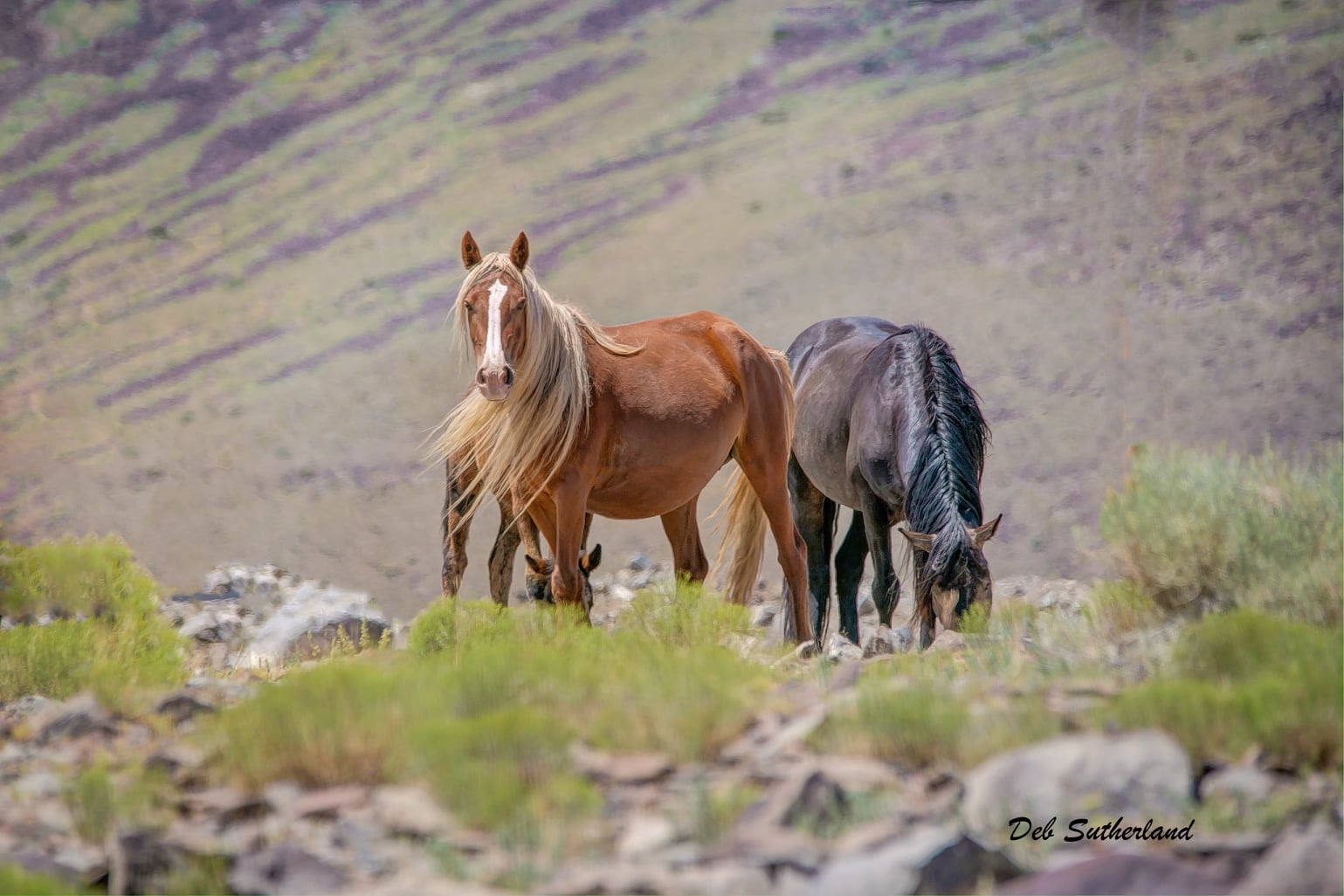
While we were devastated when Oriana passed in 2020, we took solace in knowing she died free, never to experience a lifetime of holding facilities — or worse.
| DONATE $30 → KEEP WILD HORSES WILD |
For over 3 years, we’ve managed our PZP program on the Virginia Range. This program is the first of its kind, and in those 3 years, it’s helped us reduce foaling rates by 62% — proving to the public, the Bureau of Land Management (BLM), and Congress that there is a more humane AND more cost-effective way to manage wild horses than brutal helicopter roundups and removals.
Wild horses like Oriana thrive in their natural habitats where they can run wild as they’re meant to. And our fertility control program makes that possible. As we pay homage to Oriana’s memory, let us also remember that there are nearly 64,000 wild horses and burros stuck in confinement at BLM holding facilities right now — more than ever before — and thousands more are targeted for removal this upcoming year. There’s a better way to manage wild horses than this cruel cycle, and Meredith, our work in Nevada is proving just that.
The success of our PZP program is critical to the future of our cherished wild herds, and in fact, we’re working to expand our lifesaving program to other herd areas across the West right now.
We owe it to these innocent animals to keep fighting to ensure that they can live out their lives wild and free like Oriana did. A donation towards our PZP Program helps us build and grow these future programs and continue to protect the horses who like Oriana, call the Virginia Range home. So, Meredith, today on the 30th, will you make a donation of $30 or more to power the continued success and expansion of our PZP program so that we can keep wild horses and burros living wild and free where they belong?
| $30.00 >> HELPS 1 HORSE |
| $60.00 >> HELPS 2 HORSES |
| $150.00 >> HELPS 5 HORSES |
| $300.00 >> HELPS 10 HORSES |
| DONATE OTHER > |


